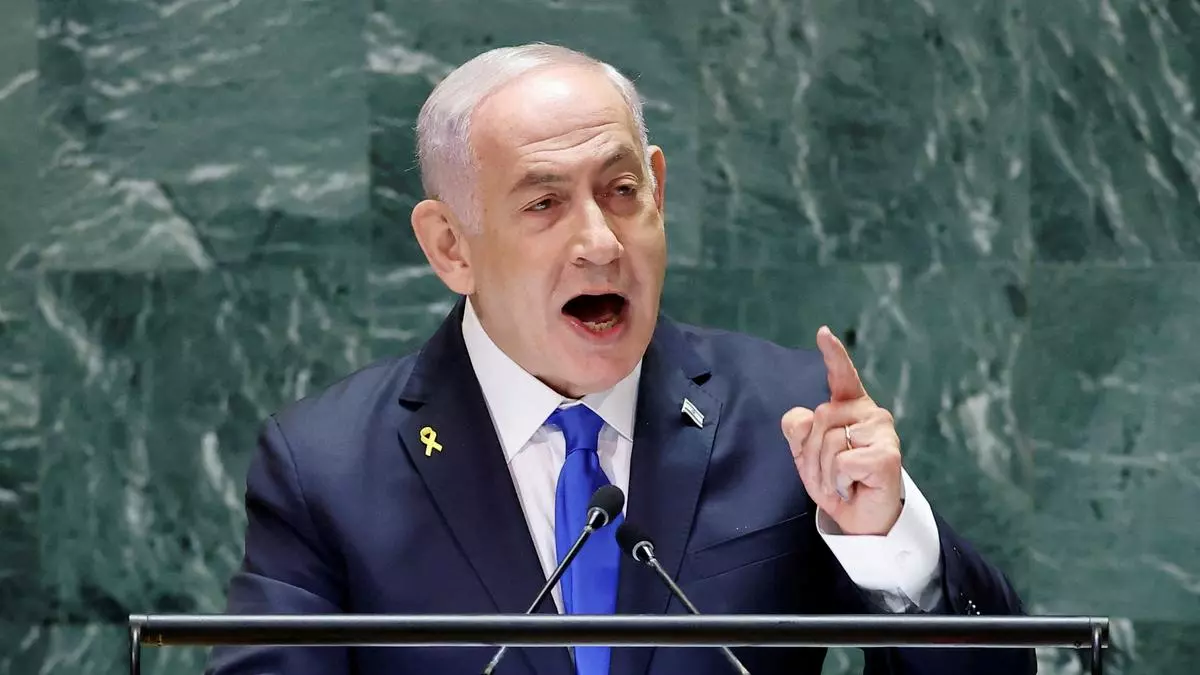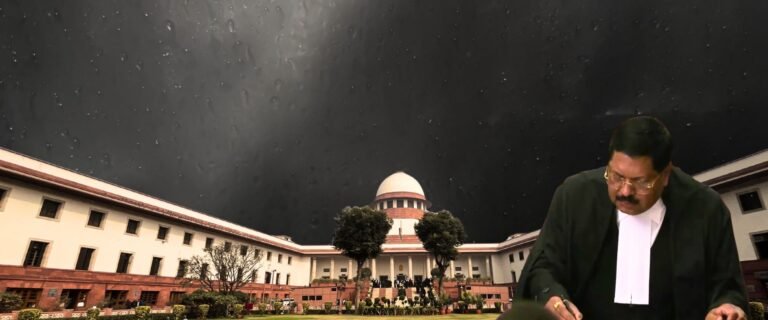
In a dramatic turn of events on Saturday, October 19, 2024, a drone was launched toward the private residence of Israeli Prime Minister Benjamin Netanyahu in Caesarea, a coastal town in northern Israel. According to an official statement from Netanyahu’s office, the Prime Minister and his wife were not at the location when the drone struck, and fortunately, there were no reported casualties. This incident comes amidst rising tensions between Israel, Lebanon, and Gaza, further stoking fears of a broader conflict in the region. The Israeli military confirmed that the drone originated from Lebanon and also intercepted two other unmanned aerial vehicles entering Israeli airspace.
What Happened?
- Who: Israeli Prime Minister Benjamin Netanyahu, Israeli military, Lebanon, Iran-backed Hezbollah
- What: A drone launched toward Netanyahu’s residence, two other drones intercepted, no casualties reported.
- When: Saturday, October 19, 2024.
- Where: Netanyahu’s private home in Caesarea, northern Israel, near the coastal town.
- Why: The attack is believed to be linked to escalating regional tensions, particularly involving Israel’s ongoing conflicts with Hezbollah and Hamas.
Rising Hostilities with Lebanon
The Israeli Defense Forces (IDF) reported that the drone was one of three launched from Lebanon on Saturday morning. While two drones were intercepted before reaching Israeli territory, one managed to hit a building in Caesarea, though the extent of the damage remains unclear. The incident came amid heightened hostilities between Israel and Hezbollah, a militant group based in Lebanon, which has seen a significant increase in cross-border attacks.
“The IDF has intercepted threats from Lebanese airspace, ensuring the safety of Israeli citizens,” stated an Israeli military spokesperson, emphasizing the ongoing vigilance of Israel’s defense systems.
No Immediate Claims of Responsibility
Although the drone strike has not been claimed by Hezbollah or any other militant group, the incident fits the pattern of escalating aggression seen in recent weeks. The Iran-backed Hezbollah has vowed to intensify attacks on Israel, including the use of guided missiles and drones. The militant group’s activities have spurred concerns of a broader conflict engulfing both Lebanon and Israel.
Background of the Tensions
The confrontation between Israel and Hezbollah has deep roots, with a recent surge in hostilities since the death of Hassan Nasrallah, Hezbollah’s long-time leader, in an Israeli airstrike in late September. Following his death, Israel launched ground troops into Lebanon, intensifying military actions against Hezbollah strongholds.
This period has also seen escalated violence in Gaza, where Israel is engaged in a fierce battle against Hamas. The death of Yahya Sinwar, a prominent Hamas leader, has further complicated the dynamics, as Israel maintains its firm stance on neutralizing threats from Palestinian militants.
A Broader Regional Crisis
The drone incident coincides with ongoing Israeli military operations in Gaza, where airstrikes have resulted in significant civilian casualties. According to reports from local hospitals, more than 50 Palestinians, including children, have been killed in the past 24 hours alone. Strikes have targeted hospitals and residential buildings, leading to a humanitarian crisis as thousands of Gazans struggle for survival amidst the devastation.
Israel’s airstrikes have left over 42,000 Palestinians dead since last year’s violence, with a majority of the victims being women and children. “This is not just a military operation; it’s a humanitarian disaster,” said a Palestinian health official, highlighting the desperation faced by Gazans amid the relentless bombardment.
The Perspective from Lebanon
In Lebanon, the situation is equally volatile. On Saturday, an Israeli airstrike reportedly killed two people in Jounieh, a town north of Beirut. The Lebanese health ministry has confirmed the casualties, but it remains unclear who the victims were. The strike marks a shift in Israel’s strategy, as Jounieh is predominantly Christian, unlike the typical Shia-majority regions where Hezbollah operates.
“The airstrike in Jounieh is a concerning escalation, and we call for restraint on all sides to avoid further loss of life,” commented a UN official monitoring the conflict.
Iran’s Role and Regional Implications
Iran has been a key player in the unfolding events, providing support to both Hezbollah and Hamas. Following the killing of Yahya Sinwar, Iran’s Supreme Leader Ayatollah Ali Khamenei vowed that “Hamas is alive and will stay alive,” underscoring Tehran’s commitment to the Palestinian cause.
The regional power struggle between Israel and Iran has only deepened with the latest drone attack. While Israel remains resolute in its military goals, Iran’s backing of militant groups in Lebanon and Gaza poses a strategic challenge, complicating the possibility of peace in the region.
Human Stories Amidst the Crisis
Beyond the political rhetoric and military maneuvers, the ongoing conflict has deeply affected civilians on all sides. In Israel, families of hostages taken by Hamas a year ago are urging the government to use Sinwar’s death as an opportunity to negotiate their release.
“We need our loved ones back; this war has taken too many lives already,” said a mother whose son remains captive in Gaza. The hostages have become a critical point of contention, with Hamas demanding a cease-fire and Israeli withdrawal from Gaza before considering any release.
In Gaza, displaced families struggle to find shelter and basic necessities as airstrikes continue. “We have nowhere to go, and the bombings don’t stop,” shared a young father at a makeshift shelter. His story is one of many that paint a tragic picture of a region caught in a cycle of violence.
What Lies Ahead?
The drone strike targeting Netanyahu’s residence adds a new layer of complexity to the already volatile situation. Israel has vowed to continue its offensive against militant groups in both Gaza and Lebanon, insisting that it will not stop until its security concerns are addressed.
Meanwhile, international observers are calling for restraint and dialogue to prevent the conflict from spiraling further. The United States, a key ally of Israel, has expressed support for Israel’s right to self-defense but has also urged caution in the face of increasing civilian casualties.
Conclusion: A Path Toward Resolution?
The escalation of violence across Israel, Gaza, and Lebanon raises critical questions about the future of peace in the Middle East. As Israeli forces continue their operations and militant groups ramp up their attacks, the prospects of a peaceful resolution seem distant. Yet, amid the chaos, there are voices on all sides yearning for an end to the suffering.
The drone launched toward Netanyahu’s home serves as a stark reminder of the fragility of the situation. While the immediate threat was averted, the broader regional crisis remains unresolved, leaving millions of lives hanging in the balance. As the world watches closely, the hope for a ceasefire remains elusive, but the need for dialogue has never been more urgent.
Sources:
- The Washington Post https://www.washingtonpost.com/world/2024/10/19/israel-hamas-war-news-10-18-2024/81debd8e-8ded-11ef-84b5-dacd642f5899_story.html
- BBC https://www.bbc.com/news/articles/cwyl4e7w2e7o
- The Week https://www.theweek.in/wire-updates/international/2024/10/19/fgn21-israel-netanyahu-house-2ndld-drone.html








